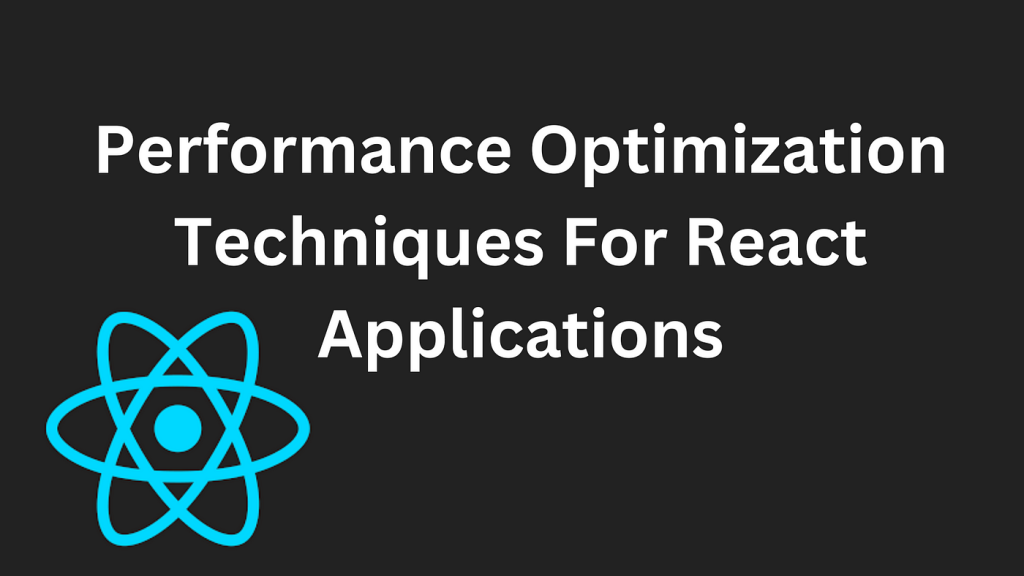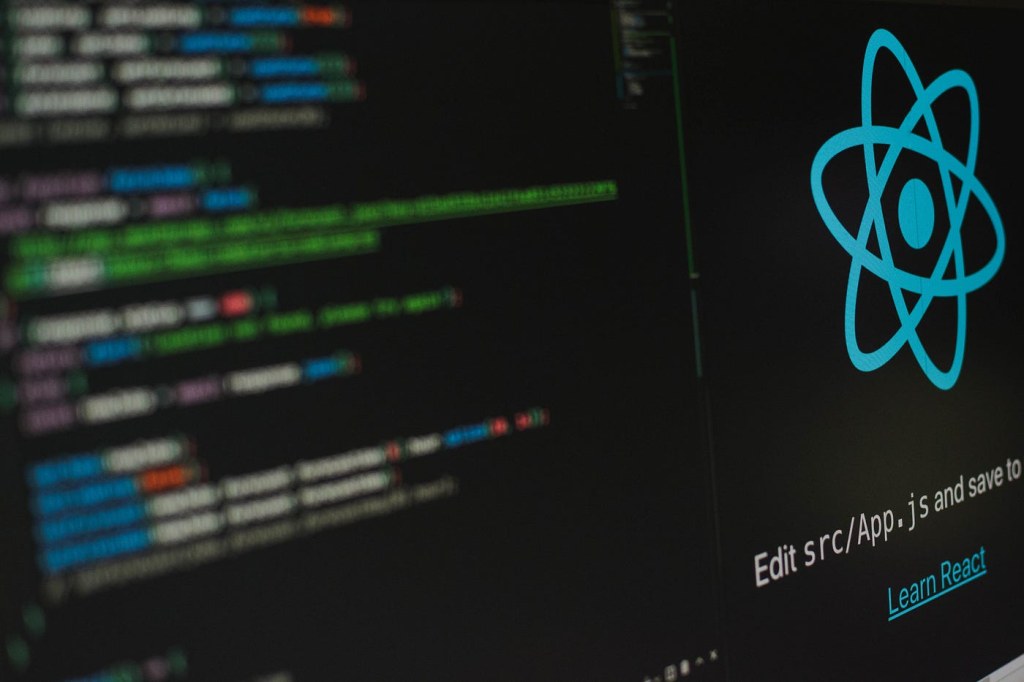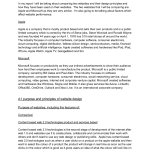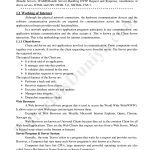Master The Art Of React JS: Unleashing The Power Of Code Optimization Techniques
Code Optimization Techniques in React JS
Introduction
Greetings, Readers! Today, we delve into the fascinating world of code optimization techniques in React JS. As developers, we constantly strive to improve the performance and efficiency of our applications. In this article, we will explore various strategies and best practices to optimize our React JS code, ensuring a seamless user experience while boosting our website’s ranking on search engines like Google. So, let’s dive right in!
Before we delve into the details, let’s first understand what code optimization techniques in React JS are and why they are crucial. Code optimization involves making modifications to our code to enhance its performance, reduce resource consumption, and eliminate any unnecessary overhead. By optimizing our code, we can achieve faster load times, smoother animations, and overall improved user experience.
2 Picture Gallery: Master The Art Of React JS: Unleashing The Power Of Code Optimization Techniques


Now, let’s discuss the what, who, when, where, why, and how of code optimization techniques in React JS.
What are Code Optimization Techniques in React JS?
Code optimization techniques in React JS refer to a set of strategies and practices used to improve the performance and efficiency of React applications. These techniques involve analyzing and refining our code to ensure it runs smoothly, utilizes resources effectively, and delivers an exceptional user experience. By optimizing our code, we can reduce loading times, enhance responsiveness, and boost the overall performance of our React applications.
1. Minification and Bundling
✨ Minification and bundling are crucial techniques for optimizing React JS code. Minification involves removing unnecessary characters such as whitespace, comments, and line breaks from our code. This reduces the file size and improves load times. Bundling, on the other hand, involves combining multiple JavaScript files into a single file, reducing the number of requests made to the server and improving performance.
2. Lazy Loading

Image Source: medium.com
✨ Lazy loading is a technique where we defer the loading of certain components or resources until they are needed. By implementing lazy loading in our React applications, we can significantly reduce the initial load time and improve performance. Lazy loading is particularly beneficial for large applications with numerous components.
3. Memoization
✨ Memoization is a technique used to optimize the rendering process in React. It involves caching the results of expensive function calls and reusing them when the same inputs occur again. By memoizing our functions, we can avoid unnecessary calculations, resulting in improved performance and reduced CPU usage.
4. State and Prop Optimization
✨ Optimizing the usage of states and props in React components can greatly enhance performance. By minimizing the number of re-renders and avoiding unnecessary state changes, we can ensure optimal performance. Additionally, using memoization techniques like React.memo and shouldComponentUpdate can further optimize the rendering process.
5. Code Splitting
✨ Code splitting involves breaking down our code into smaller chunks and loading them asynchronously when required. This technique helps in reducing the initial load time by loading only the necessary code for the current page, improving performance. React provides built-in support for code splitting through features like React.lazy and dynamic imports.
6. Virtualization
✨ Virtualization is a technique used to optimize the rendering of long lists or large datasets in React. It involves rendering only the elements that are currently visible on the screen, rather than rendering the entire list. By using virtualization libraries like react-virtualized or react-window, we can achieve significant performance improvements when working with large amounts of data.
Advantages and Disadvantages of Code Optimization Techniques in React JS

Image Source: medium.com
Now, let’s explore the advantages and disadvantages of implementing code optimization techniques in React JS:
Advantages:
1. Improved Performance: By optimizing our code, we can achieve faster load times, enhanced responsiveness, and overall improved performance.
2. Better User Experience: Code optimization techniques ensure a smoother user experience by reducing lag, improving animations, and providing a seamless browsing experience.
3. Higher Search Engine Ranking: Optimized code leads to better website performance, which can positively impact our search engine ranking, resulting in increased visibility and organic traffic.
4. Reduced Resource Consumption: Optimized code consumes fewer resources, such as CPU and memory, resulting in more efficient utilization and cost savings.
5. Scalability: Well-optimized code is easier to maintain and scale, allowing for future modifications and enhancements without compromising performance.
Disadvantages:
1. Increased Development Time: Implementing code optimization techniques may require additional time and effort during the development phase.
2. Complex Implementation: Some optimization techniques, such as lazy loading or code splitting, can be complex to implement, requiring a thorough understanding of React JS.
3. Potential Compatibility Issues: Certain optimization techniques may not be supported by older browsers or devices, limiting their effectiveness in certain scenarios.
4. Over-Optimization: It’s essential to strike a balance between optimization and maintainability. Over-optimizing code may lead to reduced readability and increased complexity.
5. Learning Curve: Familiarizing oneself with various code optimization techniques and best practices may require additional learning and research.
Frequently Asked Questions (FAQ)
1. Does code optimization in React JS affect SEO?
Yes, code optimization in React JS can positively impact SEO. By improving the performance and user experience of our website, optimized code can lead to higher search engine rankings.
2. Is code optimization necessary for small React JS applications?
While code optimization may be more critical for larger applications, it is still beneficial to optimize code in smaller React JS applications. Optimized code ensures faster load times and smoother user experiences, regardless of the application’s size.
3. Can code optimization techniques in React JS cause compatibility issues?
Some code optimization techniques may have compatibility issues with older browsers or devices. It is essential to test our application on various platforms to ensure compatibility and provide fallback options if necessary.
4. Are there any performance monitoring tools for React JS?
Yes, several performance monitoring tools like React Profiler, React DevTools, and Lighthouse can help analyze and optimize the performance of React JS applications.
5. How often should code optimization be performed in React JS applications?
Code optimization should be an ongoing process in React JS applications. Regularly reviewing and improving our code ensures optimal performance and a seamless user experience.
Conclusion
In conclusion, code optimization techniques in React JS play a crucial role in improving the performance and efficiency of our applications. By implementing strategies like minification, lazy loading, memoization, and code splitting, we can achieve faster load times, smoother animations, and an overall enhanced user experience. However, it’s important to strike a balance between optimization and maintainability, and to regularly monitor and review our code for ongoing improvements.
Now that you have a better understanding of code optimization techniques in React JS, it’s time to apply these techniques to your own projects. Start optimizing your React JS code today and unlock the full potential of your applications!
Final Remarks
Disclaimer: The information provided in this article is for educational purposes only. The author and the website are not responsible for any consequences arising from the use of the techniques mentioned. It is recommended to thoroughly test and evaluate the impact of code optimization techniques before implementing them in production environments.
This post topic: Programming


